L.A. to Phase Out Coastal Power Plants
Three natural gas-fired facilities will be phased out by 2029, signaling a shift to renewable sources.
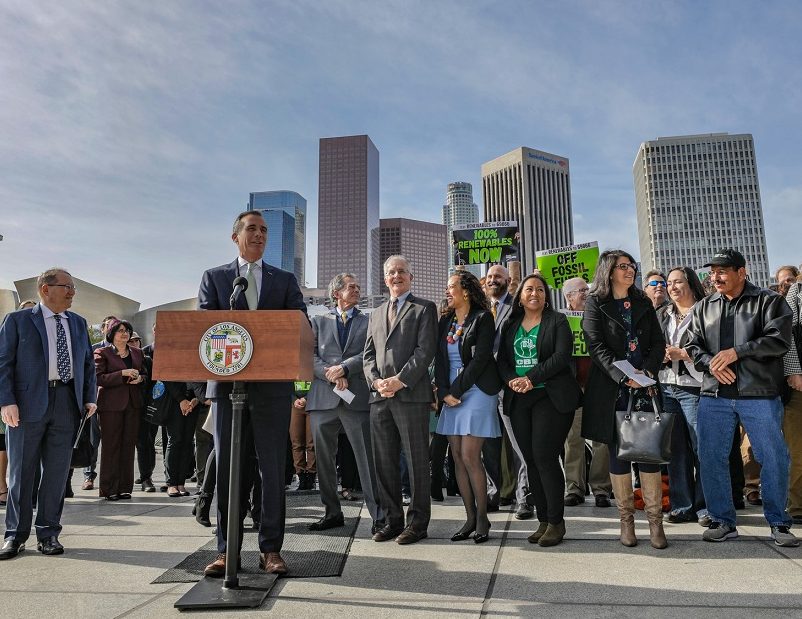
Mayor Eric Garcetti announces phaseout of gas-fired powerplants (Photo courtesy of the city of Los Angeles)
For decades, three city-owned power plants have been fixtures along the Los Angeles coastline and an essential piece of the region’s power strategy. But in a pivotal decision, Los Angeles will take the facilities— and their 1,000-plus megawatts of capacity— offline over the next decade. In keeping with its continuing push to reduce its carbon footprint, the second-largest U.S. city will simultaneously step up its efforts to increase the contribution of renewable sources to its energy resources.
Announced Feb. 12 by Mayor Eric Garcetti, the decision affects three gas-fired facilities operated by the Los Angeles Department of Water and Power. Scattergood, a 326-megawatt facility located near Los Angeles International Airport in El Segundo, will go out of service in 2024. That closure will be followed in 2029 by the closing of two other coastal plants: the 724-megawatt Haynes, located in the neighboring city of Long Beach; and Harbor, a 75-megawatt facility near Los Angeles Harbor in the city’s Wilmington neighborhood.
“This is the beginning of the end of natural gas in Los Angeles,” Garcetti declared at the press conference announcing the move. “The climate crisis demands that we move quickly to end dependence on fossil fuel, and that’s what today is all about.” LADWP-owned facilities account for three of the six power plants along Los Angeles County’s coastline. In addition to the city plants, private facilities are continuing to operate in El Segundo, Redondo Beach and Long Beach.
The move is the latest in the series of city efforts to promote renewable energy, encourage efficiency and reduce the city’s carbon footprint. By 2017, LADWP had cut greenhouse gas emissions 47 percent compared to 1990, achieving state goals 14 years ahead of time, according to city estimates.
Policy Crossroads
Los Angeles had faced an energy policy crossroads in the run-up to the announcement. The city is already under a state order to close 10 units among the three plants that draw on ocean water for cooling. LADWP had initially targeted the facilities for a multibillion-dollar repowering that would have enabled the three coastal facilities to continue operating for decades. However, the proposal drew criticism from environmental groups, elected officials and community organizations.
Garcetti, who has championed green energy since taking office in 2013, has ordered the utility to move in a different direction. The centerpiece of LADWP’s long-term strategy will be the city’s 100% Renewable Energy Study. The two-year-old initiative is bringing together representatives of local universities, major corporations, city agencies, neighborhood groups and utilities. Los Angeles’ research partner is the National Renewable Energy Laboratory, a unit of the U.S. Department Energy. Participants are tasked with developing a workable strategy for the city’s transition to entirely renewable energy sources.
“LADWP’s local generation and transmission system has served the city well for over a century,” said Mel Levine, president of LADWP’s board, at the press conference announcing the decision. “But it’s time to reimagine it and reconfigure so that, while we maintain reliability and affordability, we transition away from reliance on natural gas as quickly as possible.”
In a parallel effort, LADWP will study new approaches that may encompass public-private partnerships, transmission system improvements, microgrids and energy storage, the city said in a statement.

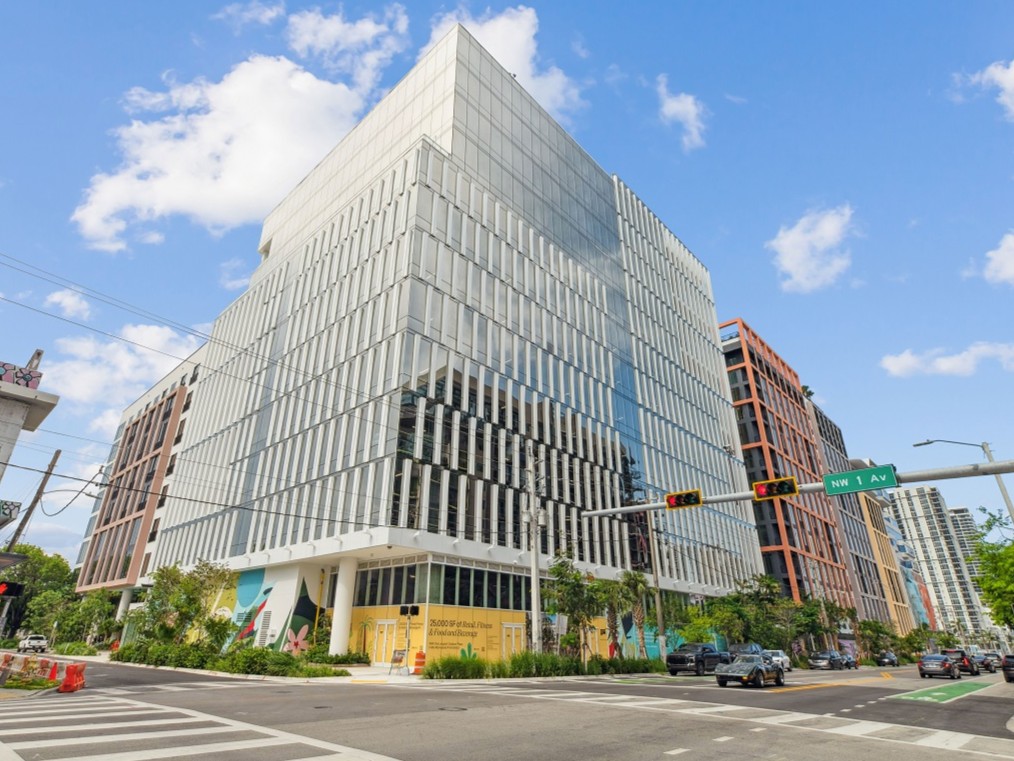
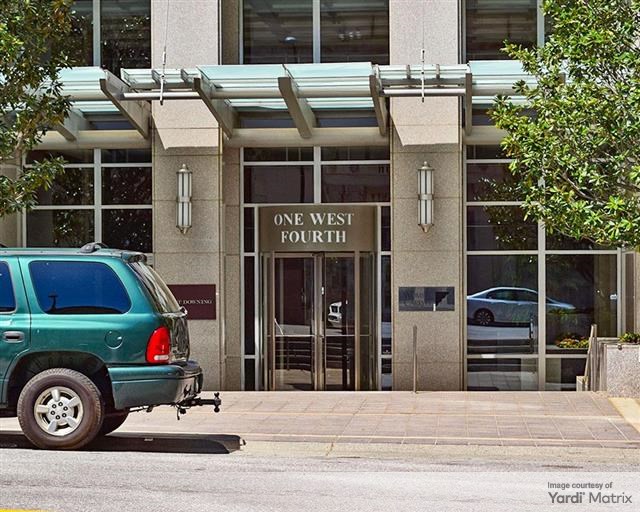
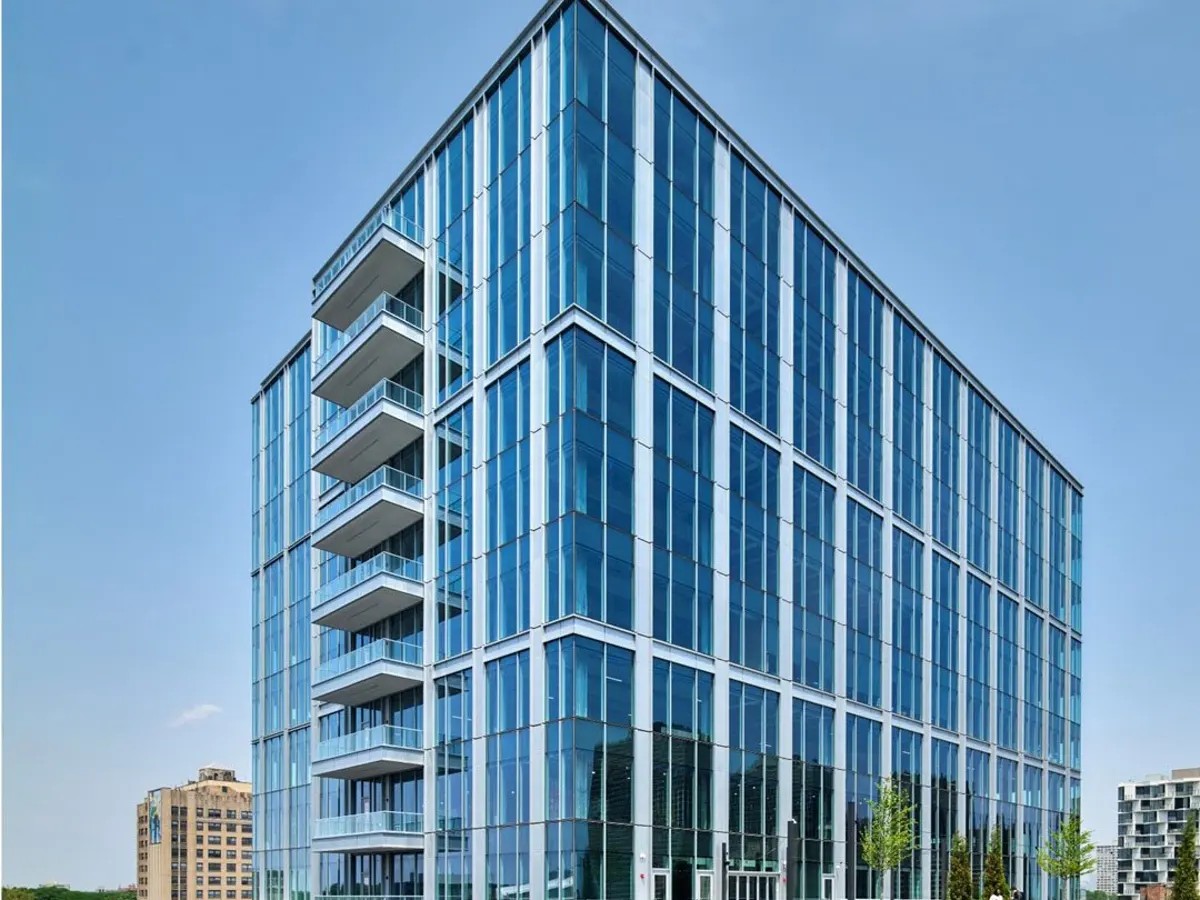
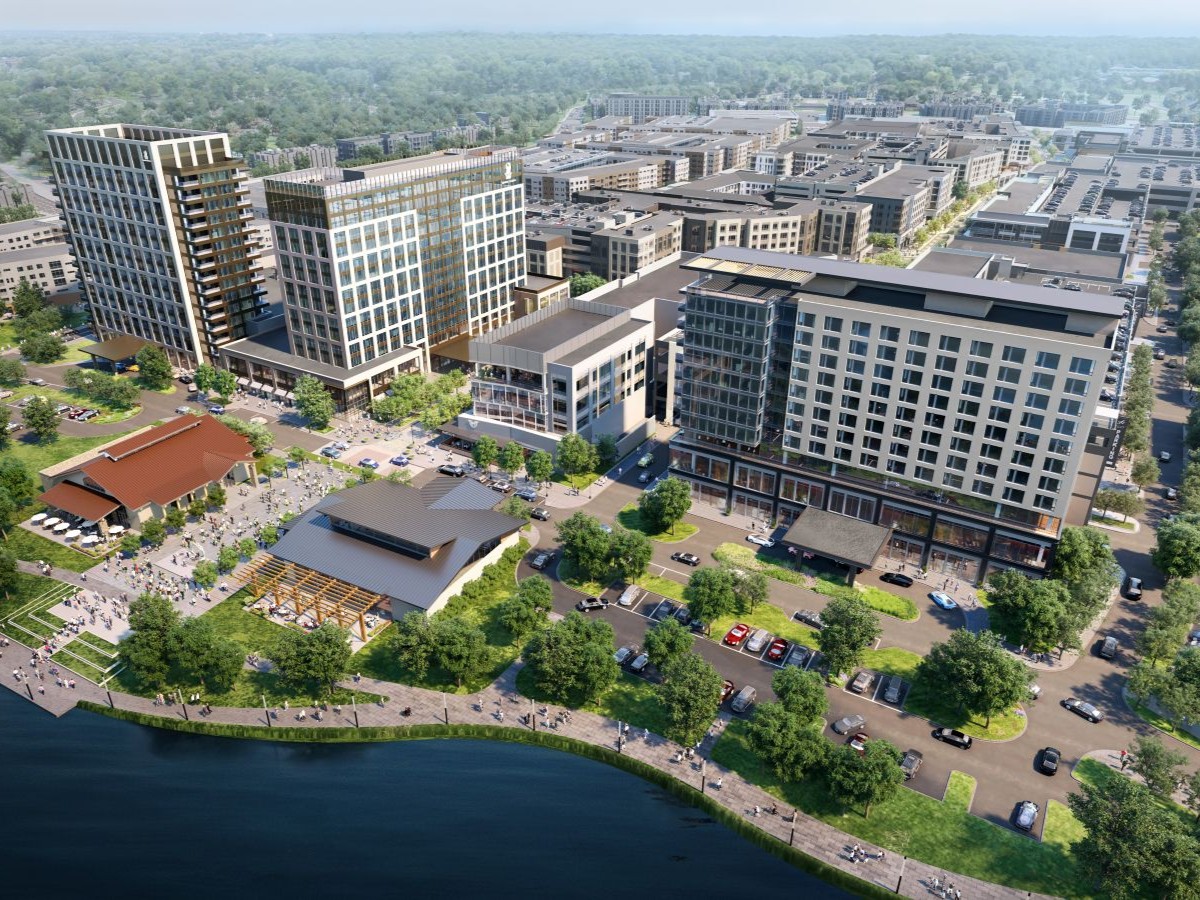
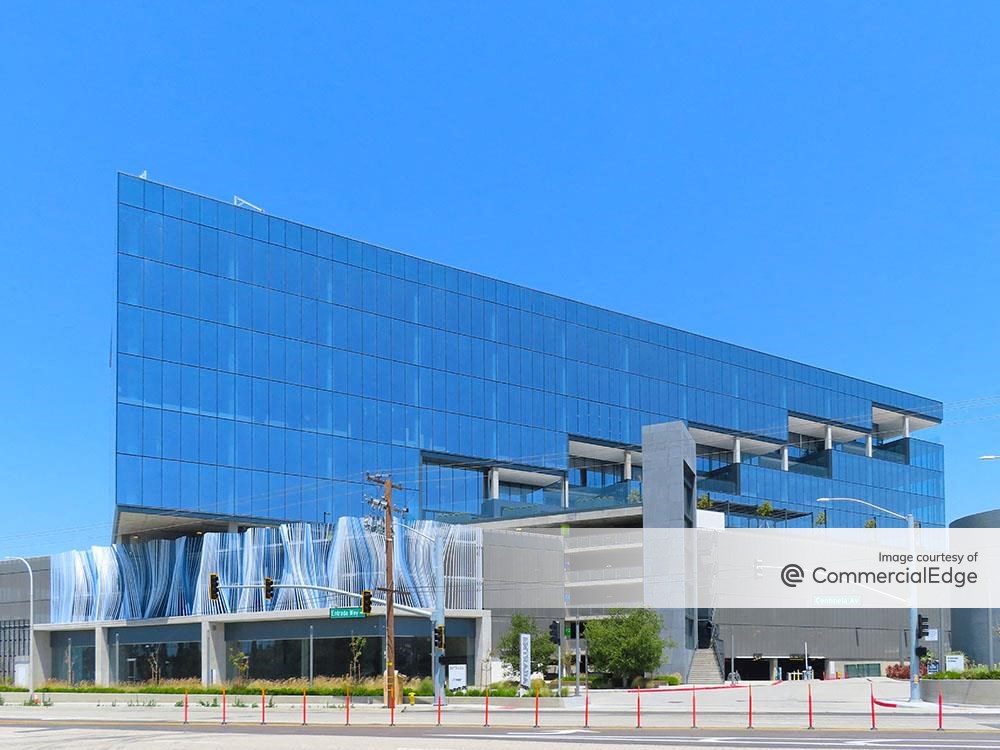
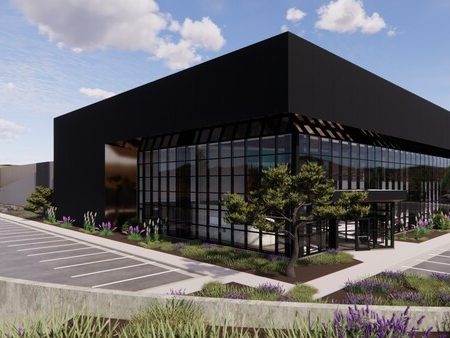
You must be logged in to post a comment.